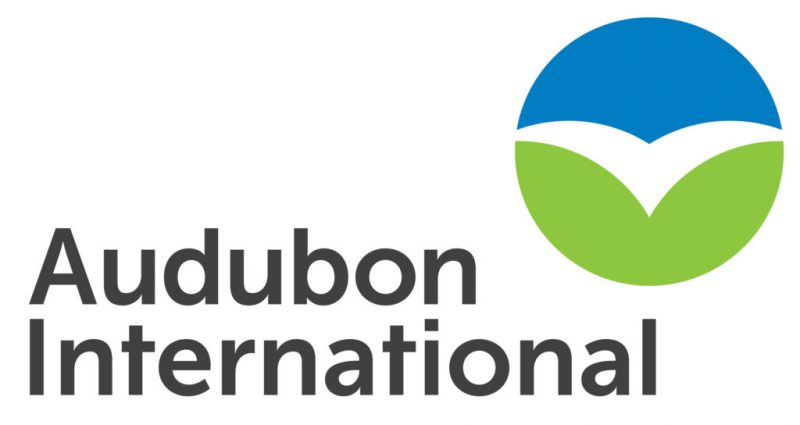This feature was originally published in Golf Inc. magazine.
Golfers of retirement age are looking to move to the Sun Belt and join a golf community. They’ve got the money in hand to do it and all that’s left is finding the right place. But is there anywhere to look?
A market shift is coming to Sun Belt golf communities, according to data from Golf Life Navigators. In higher numbers than ever, people are combining their search for a home with a search for a golf club to join. 85% of prospective homeowners in the Sun Belt are eager to join a community that houses a private golf course, and they have the budgets to do it. However, certain market forces are standing in their way.
The most problematic factor is that many people simple are unwilling to join a waitlist to get into a club. GLN reports that 65% of buyers have no intention to get on a waitlist. For starters, the average annual attrition rate for membership turnover was between 8 and 10% before the COVID-19 pandemic. Members would move away, enter assisted living facilities or simply pass away.
Jason Becker, CEO of Golf Life Navigators, said that since the pandemic, that attrition rate in Florida has dropped to only 3 to 4%. It’s reasonable to assume numbers are similar elsewhere in the Sun Belt. With golf being one of the only safe activities to participate in during the pandemic, people hunkered down and stayed put.
Becker notes that the waitlists for a lot of courses are at least a year, if not more, and most people are unwilling to wait that long. Additionally, many of these communities don’t have homes for sale, so there is little incentive for buyers to look in such markets. They’re going to look elsewhere and find another place to live that is more accommodating to their desires.
The problem is going to arrive quickly for any golf course with a waitlist, because they may find themselves in a situation where the people on the waitlist have moved on without letting the course know.
“There’s likely going to be a dilution of the waitlist numbers just because clubs aren’t aware of what their consumer is doing unless that consumer is transparent enough to let them know,” Becker said.
He predicts that unless courses start making strides to advertise the benefits of their facilities — health and wellness programs, restaurants, members-only programs — they’ll soon find themselves without the numbers on the list they had been planning on.
“If your new members are not living on campus, how in the world do you expect them to vote ‘yes’ on a capital improvement plan in four years for all the amenities in campus?” Becker asked. “Anytime your capture rate gets below 35%, then you’re really in a death spiral where you’re going to be completely relying on your non-resident members.”
Coca-Cola is one of the biggest companies and most well-known brands in the world, but they don’t stop advertising. Private golf courses need to take the same lesson to heart, or the people most likely to knock on their door are going to pass them by for greener pastures, he said.




